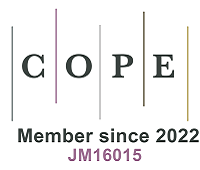Reverse Monte Carlo modeling for catalyst nanoparticles in polymer electrolyte fuel cells by high-energy X-ray diffraction
Abstract
To elucidate the correlation between the catalytic properties of metal nanoparticles used in polymer electrolyte fuel cells and the atomic arrangements of such nanoparticles, high-energy X-ray diffraction measurements were conducted. Using the measured data as a reference, Reverse Monte Carlo was performed on isolated finite-size spherical cluster models to visualize the atomic arrangements of Pt and Pt3Co nanoparticles. In the Pt3Co nanoparticles, the local composition of the center of the nanoparticles and the surface region differed. The tendency of Co atoms to be located closer to the surface rather than the center was confirmed. Furthermore, the atomic arrangements in the center of the Pt and Pt3Co nanoparticles were more disordered than those on the surface region. Thus, we clarified the difference in the distribution of atoms in the center and surface regions by creating a three-dimensional model of the atomic arrangement of the nanoparticles. The visualized structural model can contribute to the development and performance enhancement of nanoparticle catalysts.
Keywords
Reverse Monte Carlo, nanoparticle, catalysts
Cite This Article
Mizuno Y, Tsuji H, Hiroi S, Uruga T, Kaneko T, Nakada K, Ohara K, Imai H, Uchimoto Y, Sakurai Y. Reverse Monte Carlo modeling for catalyst nanoparticles in polymer electrolyte fuel cells by high-energy X-ray diffraction. Microstructures 2025;5:[Accept]. http://dx.doi.org/10.20517/microstructures.2025.72














